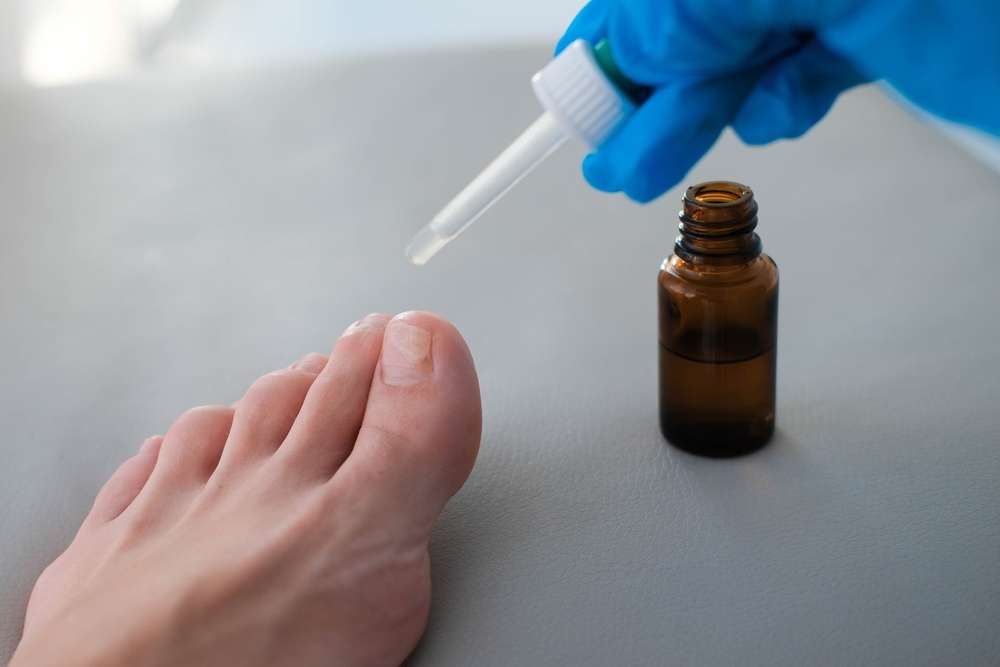Toenail Fungus Guide: Causes, Treatments & Prevention
Learn how to identify, treat, and prevent nail fungus (onychomycosis) in this comprehensive guide. Discover common symptoms, medical and at-home treatment options—including oral and topical antifungals, laser therapy, and natural remedies—and get practical prevention tips to protect your feet and nails. Ideal for anyone seeking clear, actionable advice on managing toenail fungus and reducing recurrence.

Nail fungus, clinically known as onychomycosis, is a widespread condition that can affect both toenails and fingernails. While it often starts as a cosmetic issue, left untreated it can become painful and harder to resolve—especially for people with weakened immune systems, diabetes, or circulation problems. This guide explains how to spot infection, what medical options exist, practical home care, promising natural approaches, and typical costs involved.
Recognizing the signs of nail fungus
Early symptoms are often subtle but become more obvious over time. Common signs include yellowing or a whitish tint to the nail, increased thickness, brittleness, and change in nail shape. Affected nails may crumble at the edges, develop dark streaks, or partially separate from the nail bed. Some people notice a mild odor or discomfort while wearing shoes or walking. Because other nail issues can resemble fungal infection, a healthcare provider can confirm the diagnosis through an exam or laboratory testing.
Medical treatment options
Healthcare providers offer several evidence-based treatments depending on the severity and extent of the infection. Oral antifungal drugs such as terbinafine and itraconazole are frequently prescribed for more advanced cases; these medications work systemically to help clear the fungus but typically require several weeks to months of therapy. Topical medications—medicated lacquers, creams, and ointments—can be effective for mild or early infections, or as adjuncts to oral drugs. In stubborn or severe cases, procedures like surgical removal of the affected nail or professional debridement may be performed. Laser therapy is another option some clinics provide, aiming to target the fungus without systemic side effects; results vary and multiple sessions are often needed.
Practical home care and prevention
Good foot hygiene is essential both for treating and preventing nail fungus. Keep feet clean and thoroughly dry, especially between toes. Trim nails straight across and keep them short to reduce pressure and limit areas where fungus can thrive. Choose breathable footwear and moisture-wicking socks; change socks regularly and rotate shoes to allow them to dry. Avoid walking barefoot in communal areas such as pools, locker rooms, and public showers. Using antifungal powders or sprays inside shoes can reduce fungal growth. Treat athlete’s foot promptly, as it can spread to the nails.
Natural and complementary approaches
Some people use natural remedies as supplementary measures alongside conventional care. Tea tree oil has documented antifungal properties and can be applied topically to affected nails. Soaking feet in diluted apple cider vinegar may create an acidic environment that inhibits fungal growth for some users. Other options people try include oregano oil, garlic extracts, and emerging therapies like ozone treatment. While some studies and anecdotal reports suggest benefit, results are inconsistent and these approaches should complement—not replace—medical advice. Always discuss alternative treatments with your provider, particularly if you are on other medications or have underlying health issues.
Comparing treatment costs
| Treatment Type | Provider/Method | Estimated Cost Range |
|---|---|---|
| Oral Medication | Prescription | $200-600 per treatment course |
| Topical Solutions | Over-the-counter or prescription | $20-50 per bottle |
| Laser Treatment | Medical clinic | $500-1,200 per session |
| Natural Remedies | Various retailers | $10-30 per product |
| Surgical Treatment | Medical facility | $500-3,000 per procedure |
Prices, rates, or cost estimates mentioned in this article are based on the latest available information but may change over time. Independent research is advised before making financial decisions.
What to expect during recovery
Clearing a nail fungal infection often requires patience. Because nails grow slowly, visible improvement may take several months and complete resolution can require continued treatment until healthy nail replaces the damaged portion. Follow-up visits with your healthcare provider can help monitor progress and adjust therapy if needed. In many cases a combination of oral and topical treatments plus consistent home care offers the best chance for cure and relapse prevention.
When to see a healthcare professional
Seek medical attention if the nail becomes increasingly painful, if redness or swelling develops around the nail, or if you have diabetes, poor circulation, or immune suppression. Prompt diagnosis and appropriate therapy reduce the risk of complications and make treatment more successful.
Successful management of nail fungus combines accurate diagnosis, appropriate medical treatment, and daily preventive habits. While natural remedies may offer supplementary support for some people, consult a provider before starting any new therapy. With persistence and the right approach, most cases can be effectively controlled and recurrence minimized.
This article is for informational purposes only and should not be considered medical advice. Please consult a qualified healthcare professional for personalized guidance and treatment.






